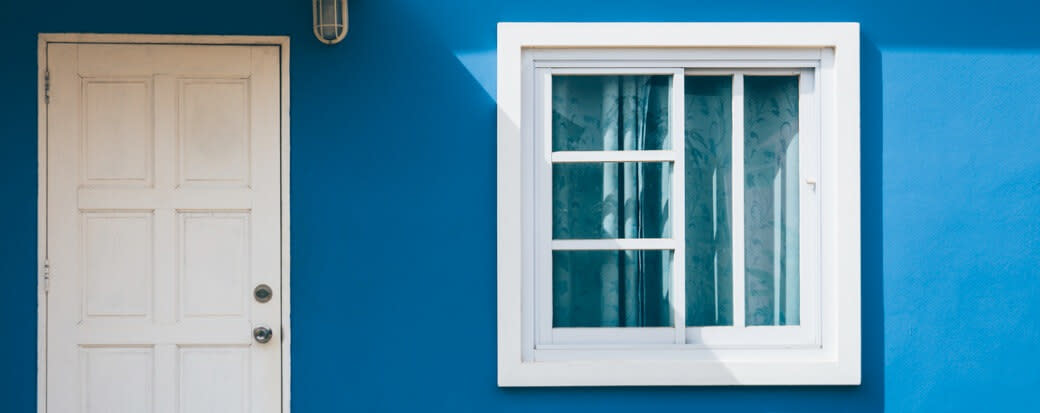All About Financing the Purchase of a Tiny Home

Share this article:
Editor’s note: Lantern by SoFi seeks to provide content that is objective, independent, and accurate. Writers are separate from our business operation and do not receive direct compensation from advertisers or network providers. Read more about our Editorial Guidelines and How We Make Money.
Why Can’t You Get a Mortgage to Buy a Tiny Home?
Tiny Home Financing Options
A Home Equity Loan or HELOC
RV Loan
Builder Financing
Family Loans
Personal Loans
Benefits of Using Personal Loans for Tiny Home Financing
Risks of Using Personal Loans for Tiny Home Financing
Special Considerations for Financing a Tiny Home
The cost of leasing or buying land where the property will sit Transportation and setup costs if you buy the home from a factory Fees for connecting to local utilities Specialized compact and efficient appliances Storage fees for items that don't fit in your tiny home Parking fees at campgrounds and fuel if you take your tiny home on the road RV insurance, construction insurance, or homeowner’s insurance Property taxes and permit fees Propane tanks for a tankless water heater
Personal Loans With Lantern
Frequently Asked Questions
Photo credit: iStock/WINEXA
LNTPL-Q125-091
About the Author
Kenny Zhu is an active CFA charterholder and former banking and investments marketing manager, and former investment analyst with over a decade of experience in the financial industry. His work has been featured in a variety of publications including LendingTree, MagnifyMoney, Finance of America Mortgage, LLC, and ValuePenguin.
Share this article: